
We use many electrical cables and wires in our house but if someone asks us what is the difference between wire and cable, we often get confused and give them a completely blank expression.
If you want to use either electrical wires or cables appropriately so as to provide electrical connections in your home, it is necessary that you should have some knowledge about it otherwise you will end up purchasing the wrong product.
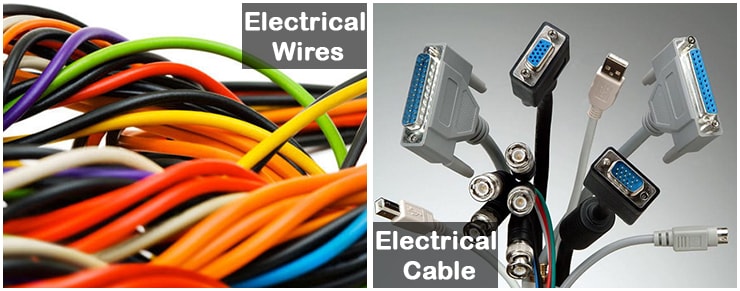
“Wires and Cables” play a significant role in your day to day life. They both are regularly used in electrical and communication devices. In reality wires and cables both are quite different from each other. In an electrical field, wires and cables are mainly designed to carry electrical current from one point to another point.
In this articles, we will be giving detailed description about the differences between wires and cables.
(a) Difference Between Wire and Cable
The basic difference between wire and cable is that, a wire is a single conductor, on other hand a cable is made of two or more conductors and all wires are wrapped in one conductor.
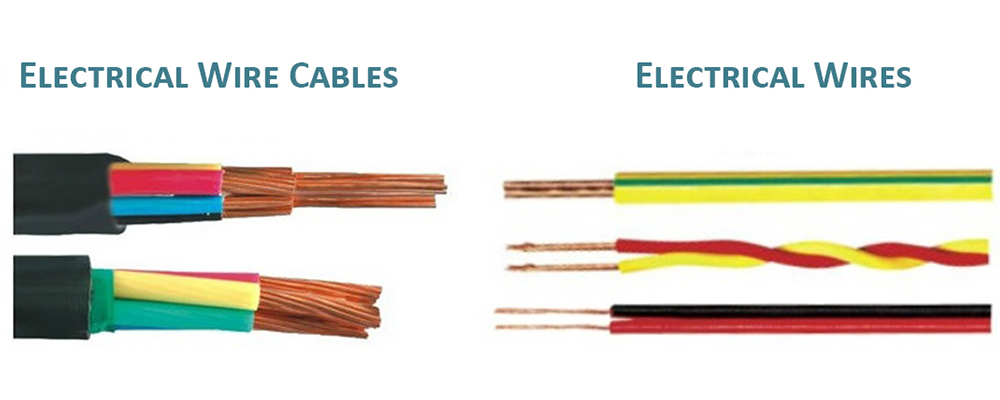
01. Electrical Wires
Electrical wires are located inside cables. The diameter of wire is measured in gauge number or mm. If the gauge is small then thicker is the wire. The perfect gauge that is used in residential application is 10 & 20. Wires are the conductor that makes up a cable. Usually electrical wire is made from copper or aluminum to assure low cost and low resistance. Always remember that large wires carry more current and may damage house hold appliances by burning their fuses. Other than material and diameter/ gauge, wires also vary in their insulation type and electrical capacity.
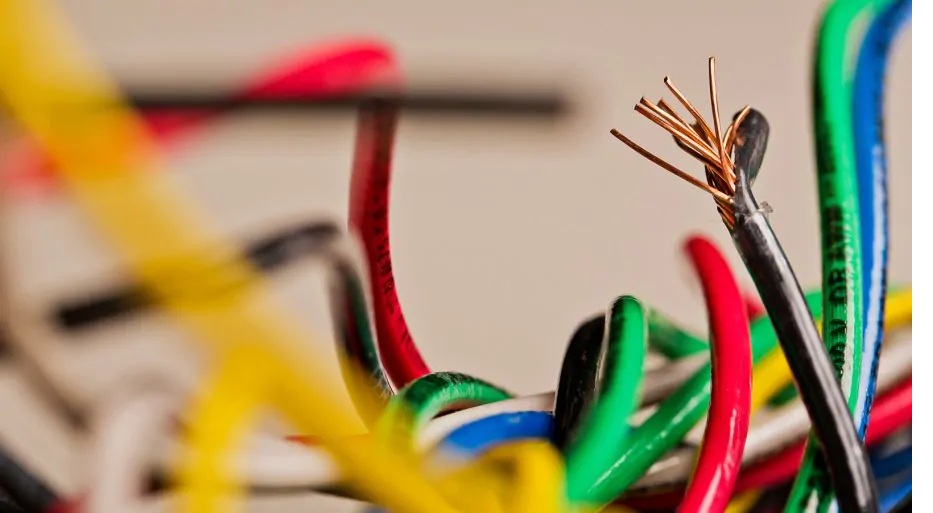
Grounding wires (yellow coated) protect users by providing a low resistance path from the appliances to the ground.
Wire Lettering
The different letters like THHN, THWN, THW and XHHN represent the main insulation types of individual wires. These letters describe the following NEC (National Electrical Code) requirements.
- T- Thermoplastic insulation
- H – Heat resistance
- HH – High heat resistance (up to 194°F)
- W – Suitable for wet locations
- N – Nylon coating, Resistant to damage by gas or oil
- X – Synthetic polymer that is flame-resistant
Types of Wires
Following are the different types of electrical wires which are used while constructing a new house.
- Triplex Wires
- Main Feeder Wires
- Panel Feed Wires
- Non-Metallic Sheathed Wires
- Single Strand Wires
Color Codes of Wires and Their Uses
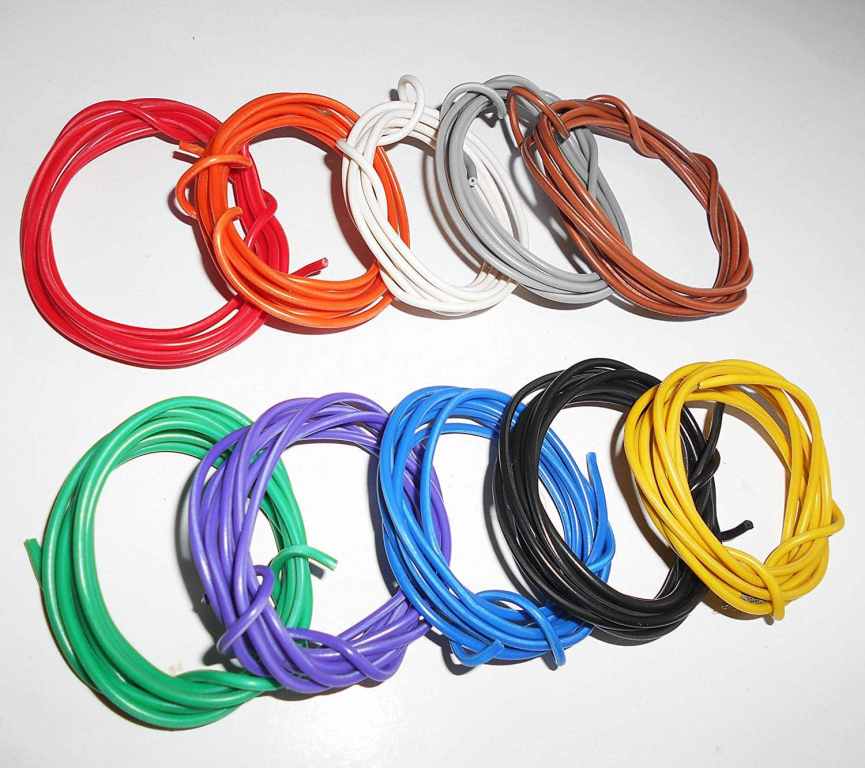
- Black Wire: Black wire is known as hot wire which is used for switches or outlets.
- Red Wire: Red wire is also known as hot wire. They are used for switch legs. Also, for connecting wire between 2 hardwired smoke detectors red wire is used.
- Blue and Yellow Wire: Blue and yellow wire is also known as hot wires, which are used for pulled in conduit. Blue wire used for 3-4 way switch application, and yellow wire used for switch legs to control fan, lights etc.
- White Wire: white wire always used as neutral wire.
- Green and Bare Copper Wire: Green and bare copper wires are only used for grounding as well as earthing.
02. Electrical Cables
A cable is a group of two or more insulated conductor which is used for transmission of electrical power of signals. All cables have three types of wires, first wire for carrying current, and the second one to make a complete loop and the third wire is for grounding wire. The conductor is usually classified as per the gauge number, wire number and color. There are many designs based on the intended application. The conductor needs to be used in areas that are subjected to harsh mechanical stress and provide better protection than wires. An electrical cable also has different color and different types.
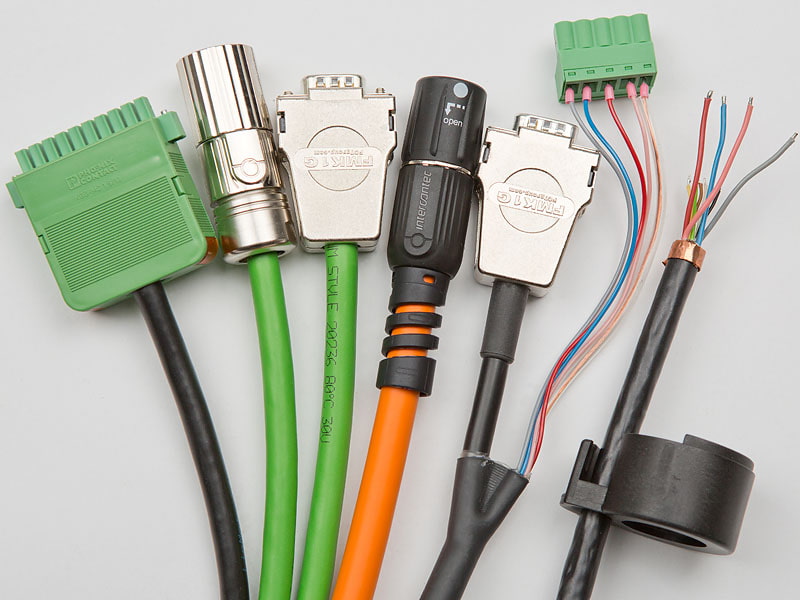
Also Read:
10 Most Common Causes of Fire in Home
8 Tips to Design Your Fireplace in a Home!
Color Codes of Cables
Color coding cable insulation is used to determine whether the cable insulation is active, neutral or earth conductors. There is no color is suggested in NEC (National Electrical Code). In different countries/ region, they have different cable color coding, and it is important to know what is applicable in your area.
Types of Cables
Following are the different types of electrical cable which are used while constructing a new house.
- Coaxial cable
- Direct buried cable
- Flexible cable
- Heliax cable
- Non-metallic sheathed cable
- Metallic sheathed cable
- Multicore cable
- Paired cable
- Portable cord
- Ribbon cable
- Shielded cable
- Single cable
- Structured cabling
- Twin and earth
- Twinax cable
(b) Rules to Use Wires and Cables
- Always refer to manufacturer’s instructions for usage and application.
- Keep the cables and wires out of reach of children.
- Damaged or broken cables or wires must be changed.
- Avoid placing cables and wires where they may be dangerous.
(c) Used of Metals in Wires and Cables
Different types of wiring are used across residential, industrial, and data networks – and commercial power cables are specifically designed to handle the higher loads and performance requirements of business environments. The main component of electrical wire is metal which conducts the electricity. Following are the metals which are generally used in electrical Wires and Cables.
- Aluminum
- Gold
- Copper
- Silver
- Lid/ Tin
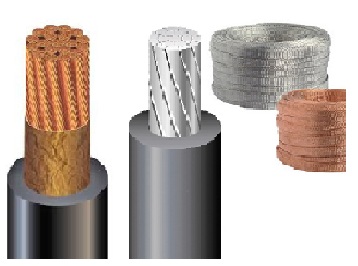
(d) Conclusion
The term wires and cables are pretty much used synonymous, but they are quite different in fact. One way to differentiate them is to remember that cables are composition of wires. Also, wires have an enough wider scope of use.
A wire is a single or a group of strands of an electrically conductive material, usually aluminum or copper. On the other hand, a cable consists of two or more insulated conductors (wire) and can be either bare (open) or covered. The easiest way to distinguish between the two is that the wire is usually visible, whereas a cable is most usually insulated and diameter of cable is more than wire.
If you think some points are missed out or you have any information on this topic other than listed in article, please do share with us or please add as a comment here.
Also Read:
Get Rid of Common Air Conditioner Problems this summer!































